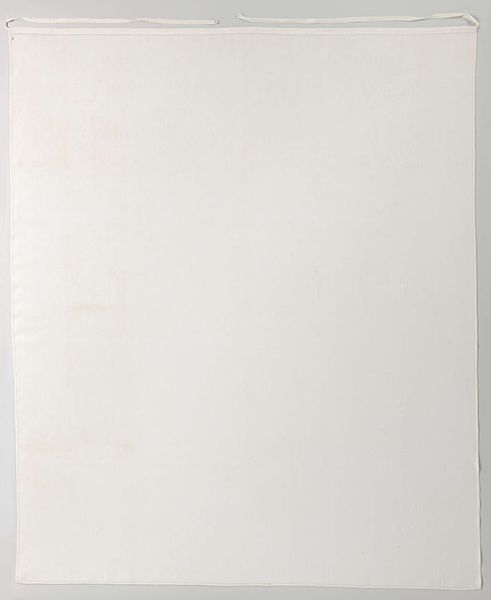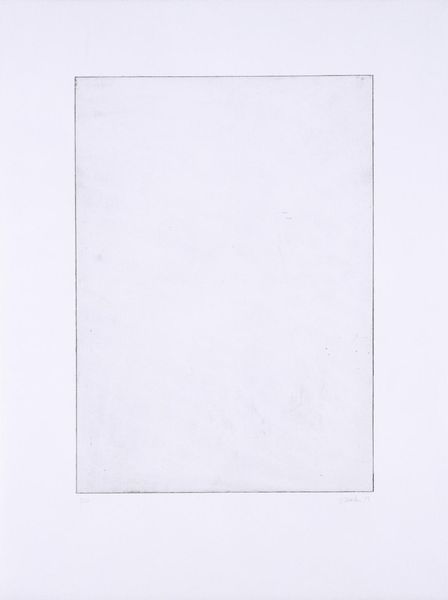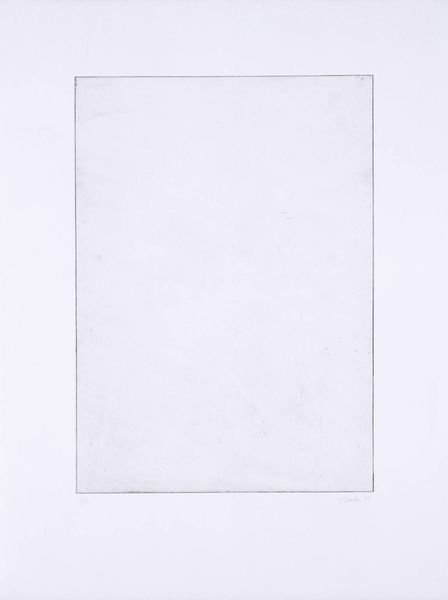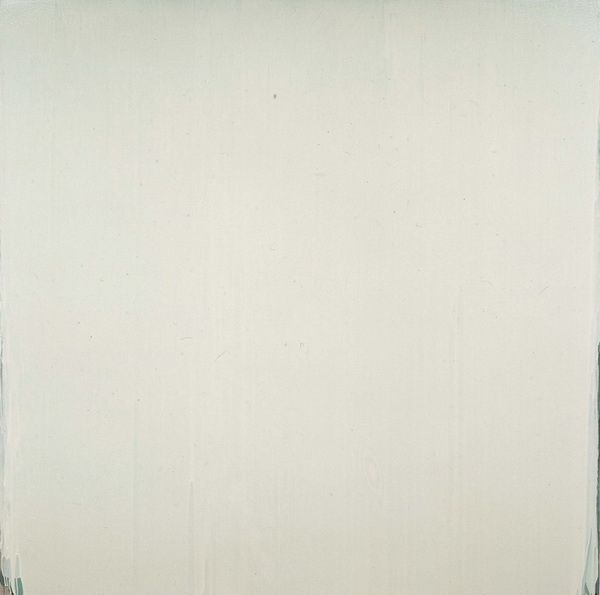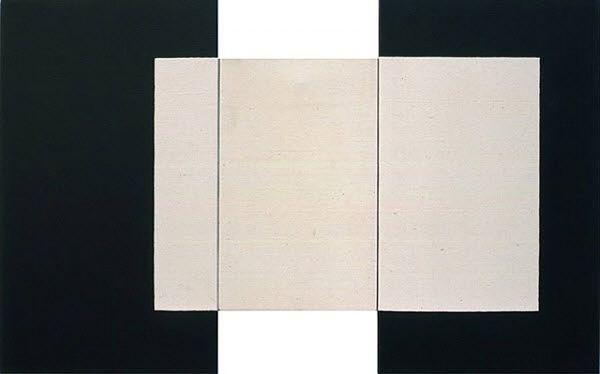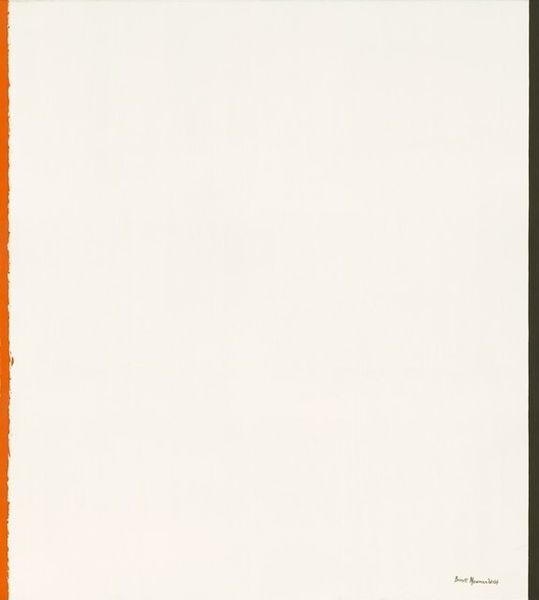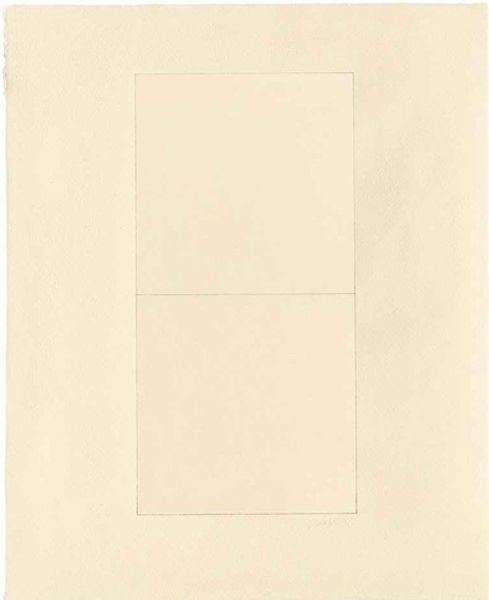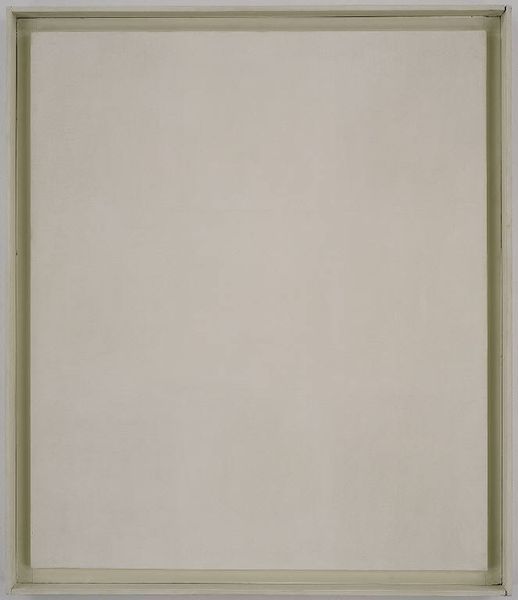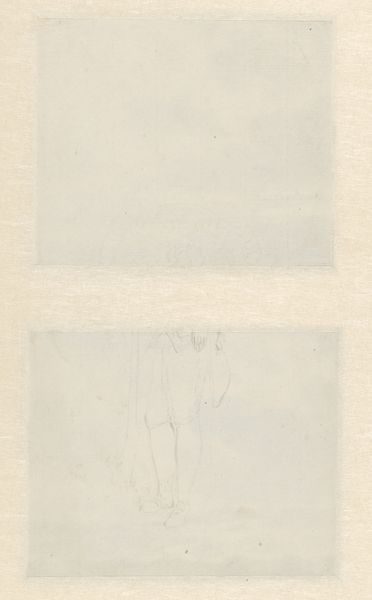
#
neo-dada
Copyright: Piero Manzoni,Fair Use
Curator: We're looking at Piero Manzoni's "Achrome" from 1959. This piece embodies matter-painting and a conceptual approach to art. Editor: It feels like a breath held in. I'm immediately struck by the quietness of it, that subtle undulation in the clay, almost imperceptible shifts in tone... it's mesmerizing in its restraint. What am I even looking at here, practically? Curator: It’s precisely that question Manzoni wanted to provoke. These "Achromes," made throughout his career, often used materials like kaolin-soaked canvas to explore pure surface and texture, devoid of traditional color or imagery. He was rebelling against the emotionality of Abstract Expressionism. Editor: A rebellion, huh? Seems pretty quiet for a revolution. Still, I get it. The post-war art world was drowning in angst; this is like… finding stillness at the epicenter. It’s like staring into a cloud, and wondering what kind of form it can take. Curator: Manzoni’s timing was critical. Consider the rise of consumerism and the image culture of the late 50s. His choice of monochrome, the "Achrome," can be interpreted as a rejection of the seductive power of images. It became a powerful critique. It also raises questions of the museum's power: what we, as a cultural institution, deem worthy of attention. Editor: Okay, power move! There’s a playful audacity to presenting emptiness as something to contemplate. We project our thoughts and feelings on it anyway. That creamy off-white, those subtle folds...it becomes what *we* need it to be. Curator: Precisely. And it’s fascinating how he achieved this impact. Manzoni moved away from the hand of the artist in the traditional sense, focusing on process and material to dictate the final form. It shifts our focus. Editor: From the ‘what’ to the ‘how.’ So, this isn't just an empty canvas; it's a starting point. An invitation. A provocation wrapped in a beautiful, unassuming package. Curator: Indeed. "Achrome" encapsulates Manzoni's challenge to artistic conventions and continues to pose intriguing questions about the role of art, and ourselves, in a world saturated with images. Editor: Thinking about it, I can see what he was doing. Less like looking at an object, and more like a prompt. Nice one, Piero!
Comments
No comments
Be the first to comment and join the conversation on the ultimate creative platform.
